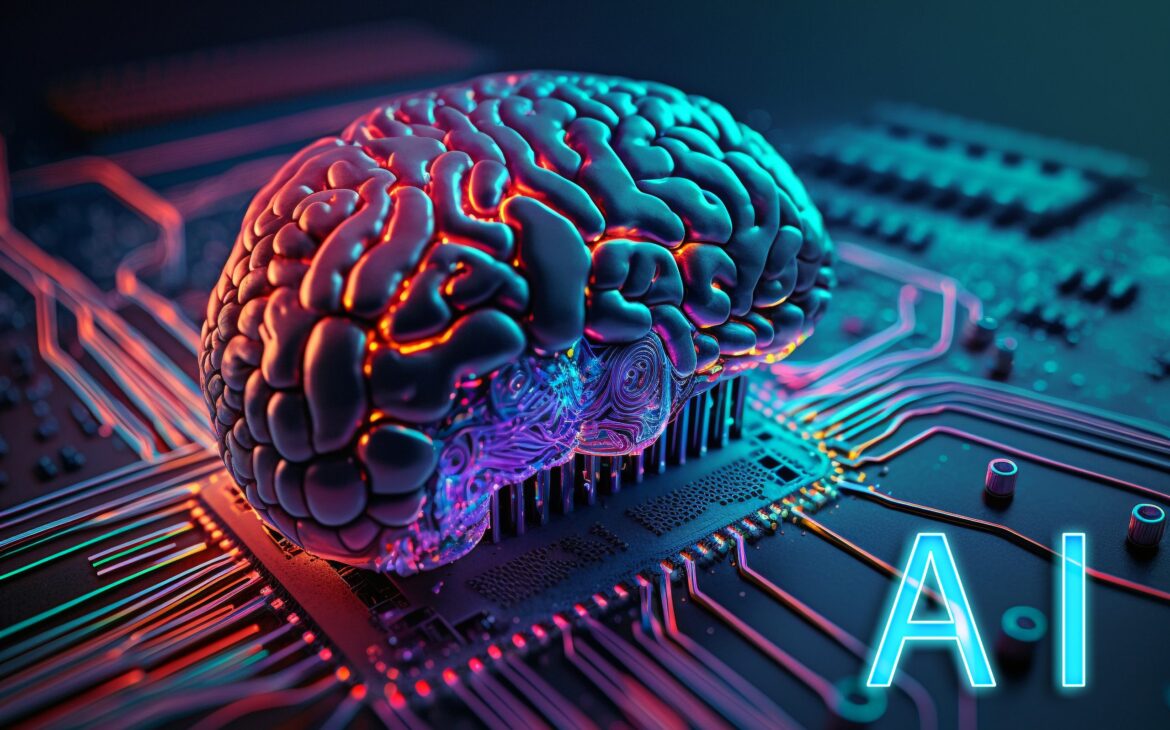AI is rewriting the rules of creative production. From idea-to-publish in minutes to generating photoreal visuals, voiceovers and short films, modern AI tools remove technical friction so creators can focus on concept and craft. Below are five platforms that are having outsized impact on how advertisers, filmmakers, educators and indie creators produce content — starting with InVideo AI.
1) Invideo AI — make full videos from a single prompt
Invideo AI has evolved from a template-based editor into an end-to-end generative studio that can turn text and stills into finished video timelines. Today invideo offers script generation, automated scene selection from a large stock library, voiceover and music, and the ability to animate stills — making it a practical ai image to video generator for marketers who need quick social cuts and product demos. These capabilities let small teams and solo creators produce polished explainers and ads without a full production pipeline.
Invideo’s product roadmap and releases show a clear push toward scale and localization: the v4.0 release introduced “AI Twins” (avatar cloning for on-screen talent and product demos) and tools geared to quickly create user-generated-ad (UGC) styles. In addition, invideo offers dedicated mobile apps so creators can generate and edit videos on phones and tablets — reinforcing its position as an ai video generator app that supports both desktop workflows and on-the-go social production. Those mobile and generative improvements make it easy to iterate dozens of creative variations for A/B tests and regional campaigns.
2) OpenAI’s multimodal models — narrative intelligence meets visual generation
Large multimodal models now combine strong language understanding with image and audio generation, accelerating ideation to output. Creators use these models to generate scripts, shot lists, captions, and even initial storyboard frames, which can then be fed into video synthesis tools or image generators for asset creation. Rather than fully replacing human craft, these models act as a highly capable creative assistant — making early-stage concepting faster and enabling rapid iterations of tone, pacing and messaging. Recent integrations and demos highlight how these models can slot into production pipelines to automate repetitive tasks and speed up review cycles.
3) Google’s Gemini / Veo (photo-to-video and short-form motion) — instant animation from stills
Google’s advances in image-to-video — notably features in Gemini/Veo that turn still photos into short animated clips — are democratizing motion for social and editorial teams. These tools let users upload a photo, add an action or sound prompt, and receive a short clip suitable for reels, stories, and ad creatives. For content teams focused on quick engagement rather than cinema-quality results, this reduces production cost and turnaround dramatically while maintaining creative control at the prompt level. However, the rise of these features has also prompted fresh conversations about deepfakes, consent, and copyright.
4) Image and animation generators (Midjourney, Stable Diffusion derivatives, Luma-style tools) — style, scale, and mood at speed
Generative image models and their animation offshoots enable creators to produce concept art, backgrounds, and loopable visuals in seconds. Designers use these tools to explore dozens to hundreds of stylistic directions during pre-production, which compresses moodboard and concept phases from days to hours. Because these models can generate varied iterations programmatically, teams can A/B visual motifs for campaigns and quickly export assets for compositing into video timelines — a workflow that scales creative experimentation without ballooning costs.
5) Voice, avatar and avatar-cloning platforms — scalable human presence
Voice cloning and avatar-generation platforms let creators maintain consistent on-screen personalities and brand voices across many videos and languages. For educational publishers, e-learning creators, and serialized social formats this is a game-changer: one recorded performance can be synthetically replicated, localized and adapted to multiple markets while keeping tone and cadence intact. Innovations such as “express avatars” and AI clones enable production teams to generate localized ad variations and thousands of micro-episodes without repeated studio bookings — but they also require strict consent processes and rights management to avoid misuse.
How to choose the right AI tool for your creative workflow
- Define the output: Are you producing high-fidelity commercials, daily social posts, or internal training clips? Tools trend differently by final quality and speed. Use invideo or mobile-first generators for social velocity; choose high-fidelity image/animation models for flagship hero assets.
- Combine, don’t replace: Best results come from hybrid workflows — AI to generate drafts and scale variants, humans to edit, localize, and add cultural judgment. Treat AI as a speed layer, not the final decision maker.
- Plan rights & provenance: As outputs improve, copyright and training-data questions increase. Keep clear records of source prompts, model licenses, and consents — especially when using avatar or voice cloning features. Platforms are starting to add consent workflows, but teams should have legal guardrails in place.
Opportunities and ethical guardrails
AI dramatically lowers production cost and time — enabling startups, educators, and solo creators to compete with bigger teams. Yet the same tools can create misleading content, infringe on copyrighted works, or enable deepfake misuse. The creative industry must adopt transparent labeling, consent-first avatar policies, and robust attribution practices so that the convenience of AI doesn’t come at the cost of trust or legal exposure. Many vendors now surface safety features and opt-in processes, but responsibility still rests with the creator and publisher.
Conclusion
The creative industry is undergoing a practical revolution: AI tools are amplifiers of human creativity, offering speed, scale and new expressive possibilities. Platforms such as invideo AI — with image-to-video conversion, avatar cloning and mobile apps — are lowering the barrier to professional-looking video. At the same time, multimodal models, animation generators, and voice/ avatar platforms are shifting how teams prototype, produce and localize content. Success means adopting these tools thoughtfully: lean into their speed, retain human judgement, and put ethical guardrails in place. Creators who master this balance will be the ones to define the next era of storytelling.
